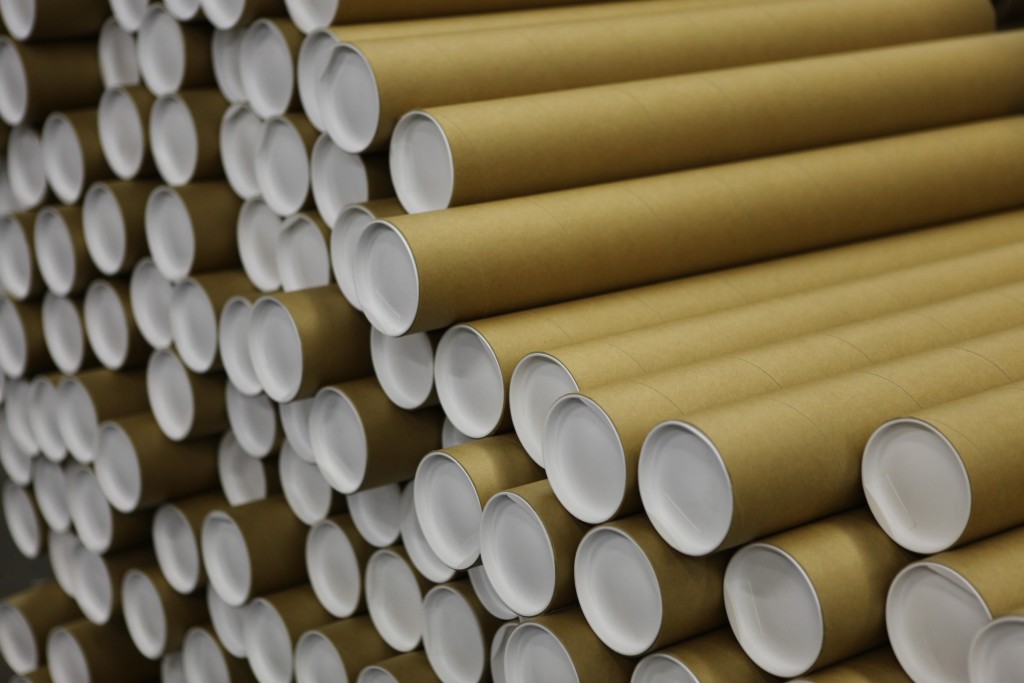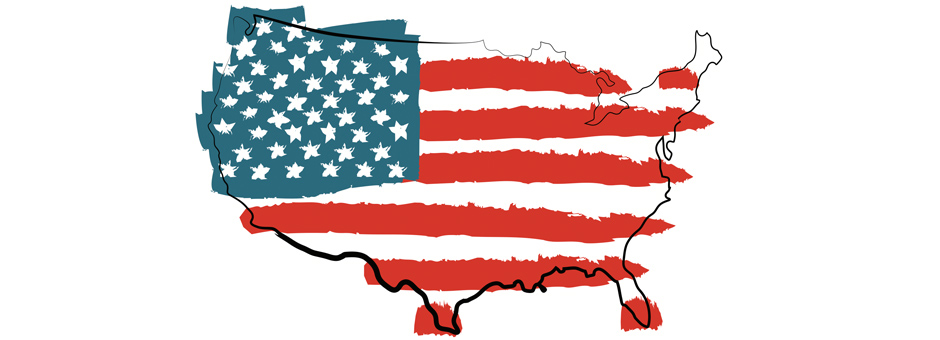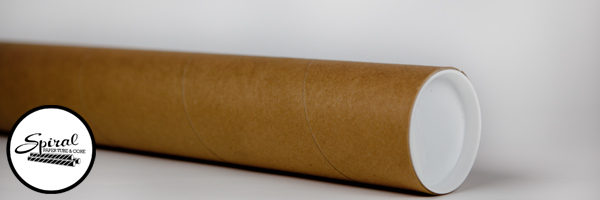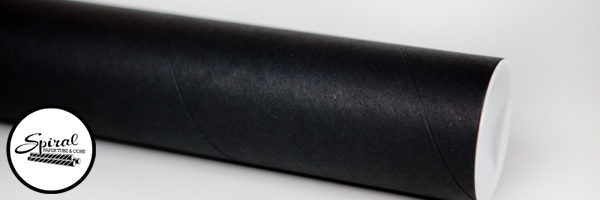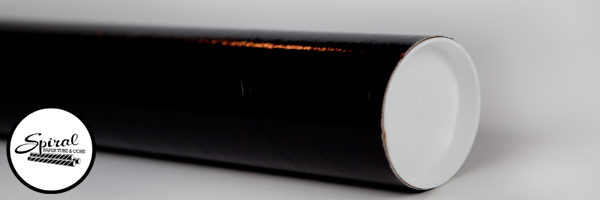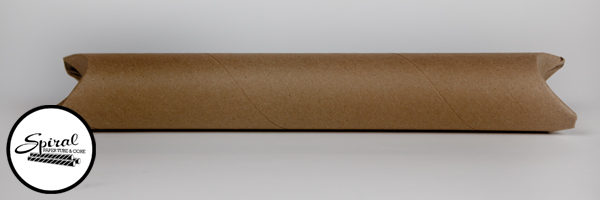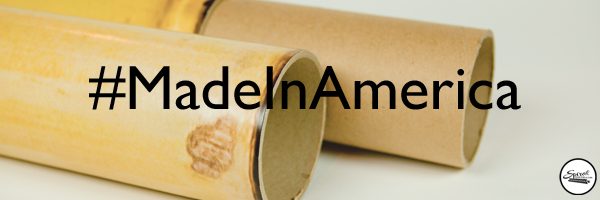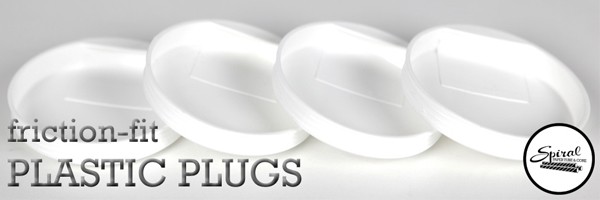
We make heavy duty shipping tubes. We don’t make self-locking metal ends. But, they’re like peanut butter and jelly. Ham and cheese. Ying and yang.
What good is a shipping tube without an end closure?
When a lightweight poster is shipped, the paper poster doesn’t move around much inside the poster tube. And it doesn’t really matter if it does or not because it’s so light. Not the case with a heavy metal bar.
When a metal bar is shipped inside a shipping tube, a dynamic load is created each time the bar moves. Depending on the force, it will puncture a paper end cap and possibly a plastic end plug.
Self-locking metal ends are the preferred end closure for metal manufacturers. One end is hammered into the shipping tube. The metal bar is placed inside. Then, the other self-locking metal end is hammered into the other end so that it fit snugly up against the metal bar inside.
The use of this style end closure prevents a dynamic load from happening, and ensures the product arrives as it should.


